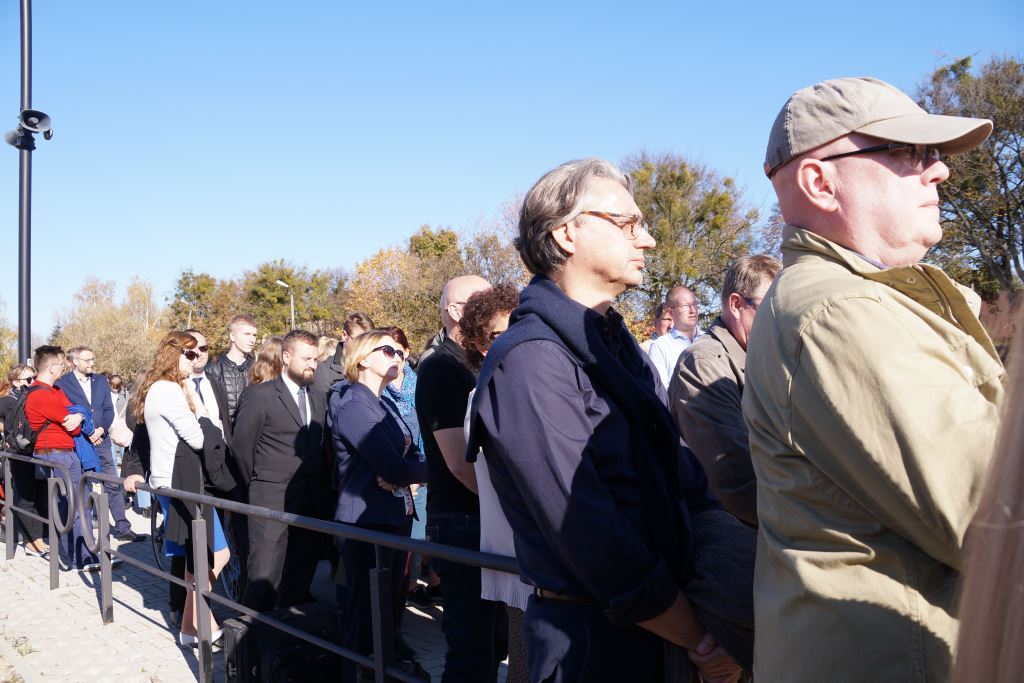On 11 April 2016, together with the students of High School No. 2 in Zamość, I organized a ceremony on the “beetroot ramp” commemorating the seventy-fourth anniversary of the first deportation of Jews from the Zamość ghetto to the death camp in Bełżec. Two years later, on 16 October 2018, we unveiled an installation by the sculptor Bartłomiej Sęczawa,at the train station Zamość Starówka, which is a permanent commemoration of the extermination of Jews in Zamość. The installation consists of three cast-iron plaques placed on a platform slab with a text in Polish, Hebrew and English: “In 1942, trains transporting Jews from Zamość and surrounding towns to Nazi German death camps left from here. In memory of Polish, Czech, German and Austrian Jews who lived in the Zamość ghetto and were murdered between 1939 and 1942”. The commemoration was possible thanks to the support of Zamosc City Hall. It was financed from a grant from the Association of the Jewish Historical Institute and donations from Coordination Committe, Bildungswerk Stanislaw Hantz, Borussia Dortmund Supporters as well as from individual donors from Poland, Denmark, Germany, Sweden and the USA.
Marek Kołcon
Zamość
















